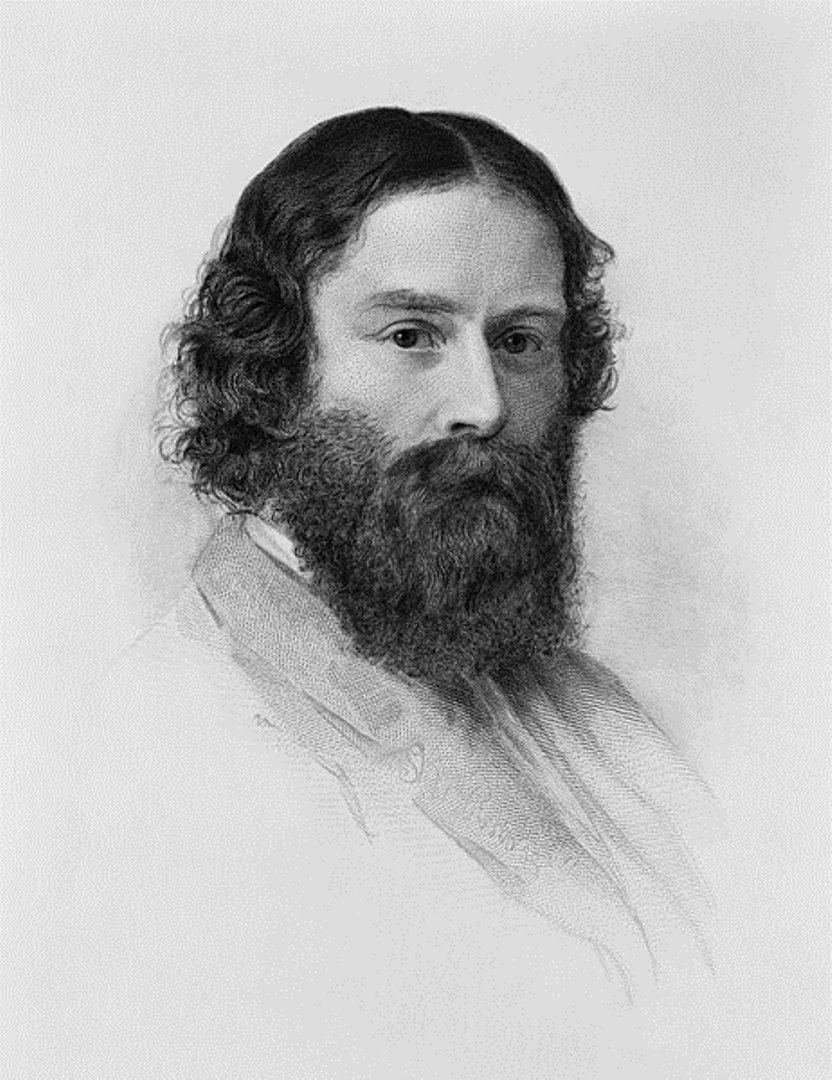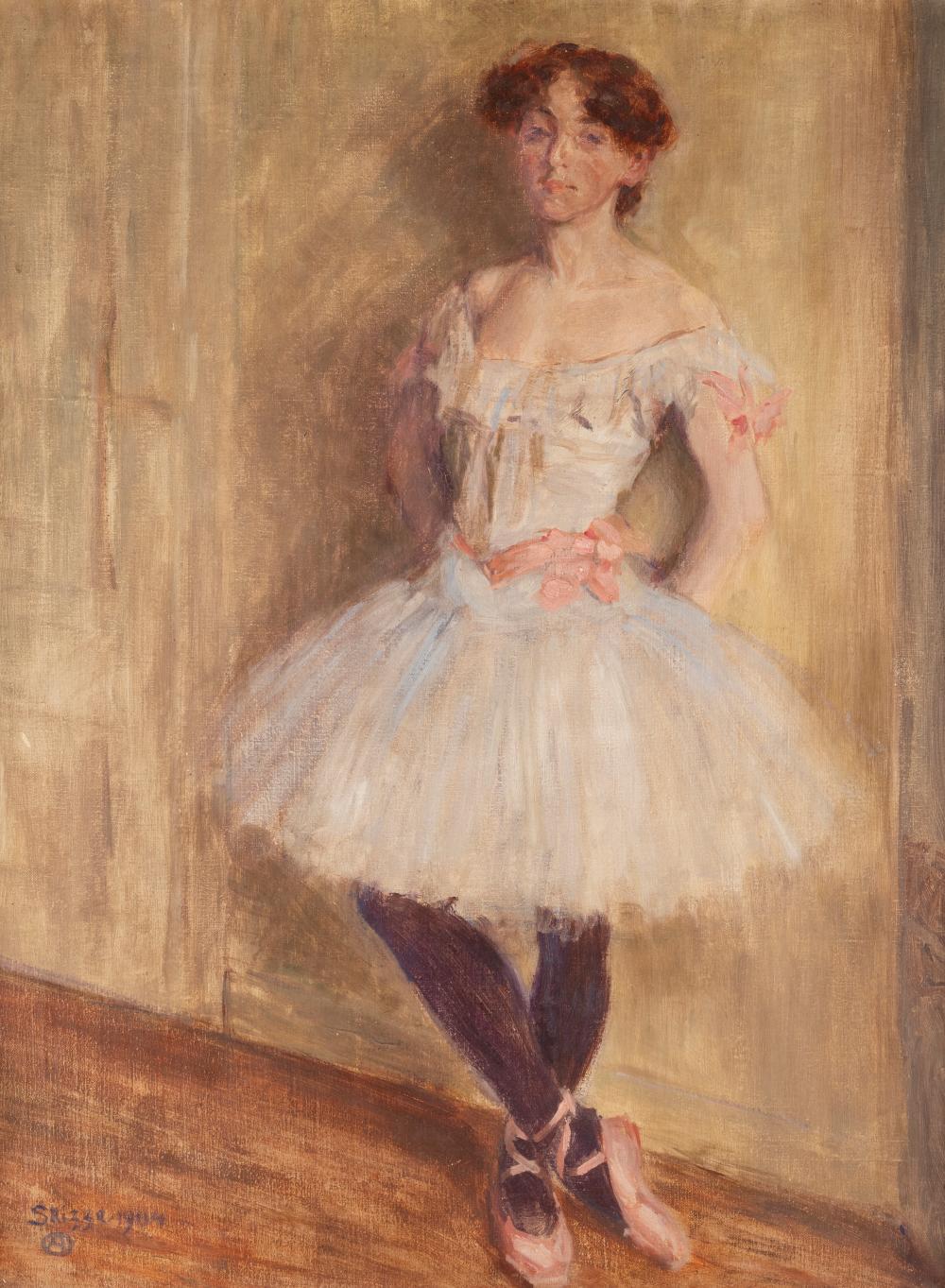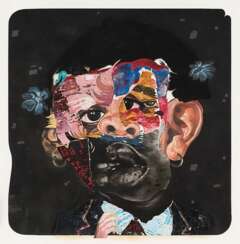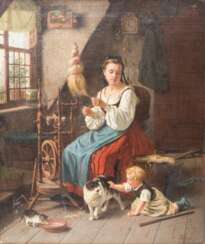nathaniel

Nathaniel Hill was an Irish impressionist painter.


Nathaniel Mary Quinn is an American painter. Quinn is known for his collage-style composite portraits that feature disfigured faces.


Nathaniel Mary Quinn is an American painter. Quinn is known for his collage-style composite portraits that feature disfigured faces.


Nathaniel Hawthorne is an American writer and author.
Hawthorne is a recognized short story writer and a master of allegorical and symbolic narrative. One of the first fiction writers in American literature, he is best known for his works The Scarlet Letter (1850) and The House of Seven Gables (1851). Hawthorne's artistic works are considered part of the American Romantic movement and, in particular, of so-called dark Romanticism, a popular mid-19th-century fascination with the irrational, the demonic, and the grotesque.


Nathaniel Plimer was a British miniature painter and portraitist.
Like his brother Andrew Plimer, he studied first with his watchmaker father, but both ran away and traveled for over two years in Wales and the west of England with a troupe of gypsies before settling in London. Together they studied miniature painting under Richard Cosway (1742-1821). Nathaniel Plimer exhibited at the Royal Academy from 1787 to 1815, and his portraits were much appreciated by his contemporaries.


Nathaniel Mary Quinn is an American painter. Quinn is known for his collage-style composite portraits that feature disfigured faces.


Nathaniel Dance-Holland is a British portrait painter and politician.
Dance-Holland studied painting in Italy. There he painted several historical and classical paintings. Upon his return to England, he became a successful portrait painter.
Nathaniel Dance-Holland was one of the founders of the Royal Academy of Arts and a member of the British Parliament.


Nathaniel Hawthorne is an American writer and author.
Hawthorne is a recognized short story writer and a master of allegorical and symbolic narrative. One of the first fiction writers in American literature, he is best known for his works The Scarlet Letter (1850) and The House of Seven Gables (1851). Hawthorne's artistic works are considered part of the American Romantic movement and, in particular, of so-called dark Romanticism, a popular mid-19th-century fascination with the irrational, the demonic, and the grotesque.


Nathaniel Hawthorne is an American writer and author.
Hawthorne is a recognized short story writer and a master of allegorical and symbolic narrative. One of the first fiction writers in American literature, he is best known for his works The Scarlet Letter (1850) and The House of Seven Gables (1851). Hawthorne's artistic works are considered part of the American Romantic movement and, in particular, of so-called dark Romanticism, a popular mid-19th-century fascination with the irrational, the demonic, and the grotesque.



Nathaniel Mary Quinn is an American painter. Quinn is known for his collage-style composite portraits that feature disfigured faces.


John Hathorne was a merchant and justice of the peace of the colony in Massachusetts, United States.
Hathorne's father, Major William Hathorne, was among the first settlers of the Massachusetts Bay Colony in the 1630s, holding a number of military and political positions over several decades.
John Hathorne himself is known for having participated as a justice of the peace in 1692 in the famous Salem Witch Trials during the witchcraft hysteria. Extant documents prove that Hathorne was the chief prosecutor, convinced of the guilt of the accused. The trial ended with the execution of 20 people, and John Hathorne never repented, although the High Court later acquitted most of the accused. He was appointed a member of the Superior Court in 1702 and sat on it for ten years.
John was the great-great-grandfather of the writer Nathaniel Hawthorne (1804-1864), author of many works, including The Scarlet Letter and The House of the Seven Gables. They are set in Salem and contain allusions to the witch trials in the history of the house. John Hathorne's personality has served as a prototype for the bigoted and demonic characters of many works by other authors. And Nathaniel Hawthorne himself changed the spelling of his surname to distance himself from his ancestor.


James Russell Lowell was an American poet, educator, and diplomat.
From 1845 to 1850, he wrote about 50 articles against slavery for periodicals. Two of Lowell's other two most important works were also published in 1848: the poem "Sir Launfal's Vision," praising the brotherhood of man, and "A Fable for Critics," a witty appraisal of contemporary American authors. These books, together with the publication in the same year of a second series of his poems, made Lowell the most popular new figure in 19th-century American literature.


Isaac Newton was an English mathematician, physicist, astronomer, alchemist, theologian, and author (described in his time as a "natural philosopher"), widely recognised as one of the greatest mathematicians and physicists and among the most influential scientists of all time. He was a key figure in the philosophical revolution known as the Enlightenment. His book Philosophiæ Naturalis Principia Mathematica (Mathematical Principles of Natural Philosophy), first published in 1687, established classical mechanics. Newton also made seminal contributions to optics, and shares credit with German mathematician Gottfried Wilhelm Leibniz for developing infinitesimal calculus.
In the Principia, Newton formulated the laws of motion and universal gravitation that formed the dominant scientific viewpoint until it was superseded by the theory of relativity. Newton used his mathematical description of gravity to derive Kepler's laws of planetary motion, account for tides, the trajectories of comets, the precession of the equinoxes and other phenomena, eradicating doubt about the Solar System's heliocentricity. He demonstrated that the motion of objects on Earth and celestial bodies could be accounted for by the same principles. Newton's inference that the Earth is an oblate spheroid was later confirmed by the geodetic measurements of Maupertuis, La Condamine, and others, convincing most European scientists of the superiority of Newtonian mechanics over earlier systems.


Alfred Nathaniel Oppenheim was a German artist.
Although Alfred Oppenheim was successful as an artist, for example as a portraitist of the Frankfurt bourgeoisie, he had further activities. Educated in Paris as a jeweler, he worked in the style of French Art Nouveau, which was an exception in Germany at that time, although he is more associated with German impressionism.




















![[D.H. Lawrence (1885-1930)] – Nathaniel Hawthorne (1804-1864)](/assets/image/picture_3643920/42c3e/dhgyeqmhvqzrf2jksesrm4tm8jmwv8oowk-rcfxvshw895ypwrimpmlzhn5ivgas1701505309jpg__fix_374_244.jpeg)
![[D.H. Lawrence (1885-1930)] – Nathaniel Hawthorne (1804-1864)](https://veryimportantlot.com/assets/image/picture_3643920/42c3e/dhgyeqmhvqzrf2jksesrm4tm8jmwv8oowk-rcfxvshw895ypwrimpmlzhn5ivgas1701505309jpg__fix_374_244.jpeg)





















![[NEWTON, Isaac (1642-1727)] – Nathaniel HAWES (d. 1700)](/assets/image/picture_2279770/a4540/yuinyqzhzesrjjrkhx5cgen4dyqa2yovnhi1oqpdrbjtx7ouvxvrk4gf4ex2lhuq1656671033jpg__fix_374_244.jpeg)
![[NEWTON, Isaac (1642-1727)] – Nathaniel HAWES (d. 1700)](https://veryimportantlot.com/assets/image/picture_2279770/a4540/yuinyqzhzesrjjrkhx5cgen4dyqa2yovnhi1oqpdrbjtx7ouvxvrk4gf4ex2lhuq1656671033jpg__fix_374_244.jpeg)




























